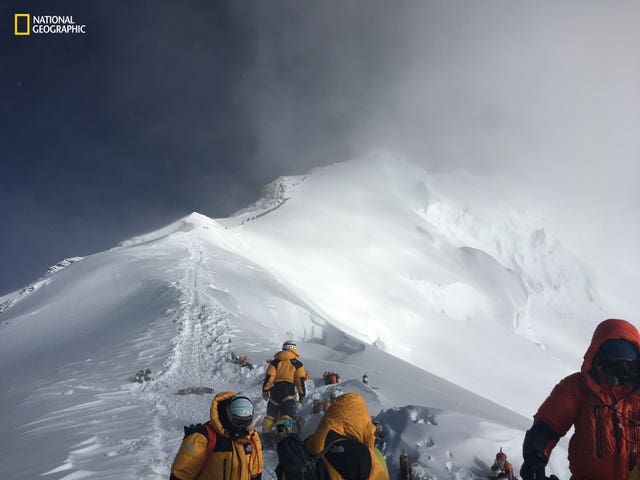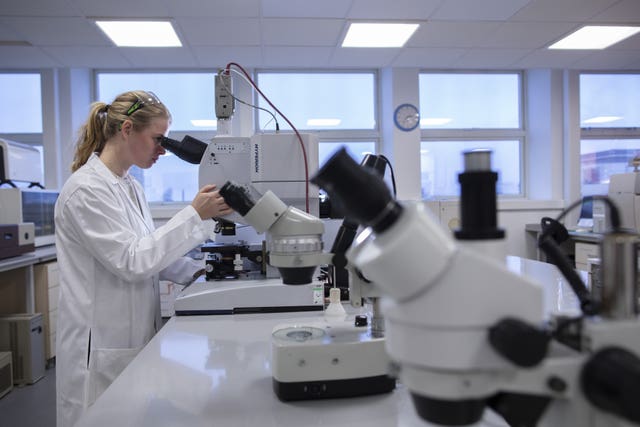Microplastics have been discovered in snow and stream water close to the summit of Mount Everest, scientists have revealed.
The polyester, acrylic, nylon and polypropylene fibres were present in samples collected on the mountain and on the valley below.

Some were present in samples from the Balcony of Mount Everest which is 8,440 metres above sea level – representing the highest recorded microplastics ever found on Earth.
Scientists say the materials found are increasingly being used to make high performance outdoor clothing commonly used by climbers, as well as the tents and climbing ropes used in attempt to scale the mountain.
As a result, they suggest the fibres could have fragmented from larger items during expeditions to reach the summit.
Slopes
But it is also possible the plastics could have been transported from lower altitudes by the extreme winds that regularly impact the mountain’s higher slopes.
The research, published in the journal One Earth, was led by researchers from the University of Plymouth, working with colleagues from the UK, USA and Nepal.
It was supported by the National Geographic Society and Rolex.

Dr Imogen Napper, the study’s lead author, said: “Microplastics are generated by a range of sources and many aspects of our daily lives can lead to microplastics entering the environment.
“Over the past few years, we have found microplastics in samples collected all over the planet – from the Arctic to our rivers and the deep seas.
“With that in mind, finding microplastics near the summit of Mount Everest is timely reminder that we need to do more to protect our environment.”
The samples were collected in April and May 2019 as part of National Geographic and Rolex’s Perpetual Planet Everest Expedition, then analysed in specialist facilities in Plymouth.
There were 19 high elevation samples collected from the Mount Everest region for microplastic analysis.
Of these, 11 were snow and eight were stream water.
This included streams along the trekking routes close to the Khumbu Glacier, in the snow at Everest Base Camp, and high into the Death Zone near the mountain’s summit.
The highest quantities – 79 microplastic fibres per litre of snow – were found at Base Camp, where expeditions are based for periods of up to 40 days.
Glaciers
However, evidence was also found at Camps 1 and 2 on the climbing route, with 12 microplastic fibres per litre of snow recorded from the Balcony.
There were lower quantities in streams leading down from the mountain to the Sagarmatha National Park, which scientists suggest could be due to the continuous flow of water created by the region’s glaciers.
The first confirmed summiting of Mount Everest in 1953 coincided with the global rise in prominence of plastics and their use in society.
From then, the use of plastic material has increased from five million tonnes globally in the 1950s to more than 330 million tonnes in 2020.
Professor Richard Thompson, head of the international marine litter research unit at the University of Plymouth, said: “Since the 1950s, plastics have been increasingly used in all kinds of products because of their practicality and durability.
“However, it is those qualities which are, in large part, creating the global environmental crisis we are seeing today.
“There is now global recognition of the need to take action, with Nepal itself imposing regulations on climbing expeditions to try and curb the environmental problems created by waste.
“This study and our continued research only emphasises the importance of designing materials that have the benefits of plastics without the lasting and harmful legacy.”
Related: Restored landscapes could teem with wildlife and would be important ‘for the health of society’

